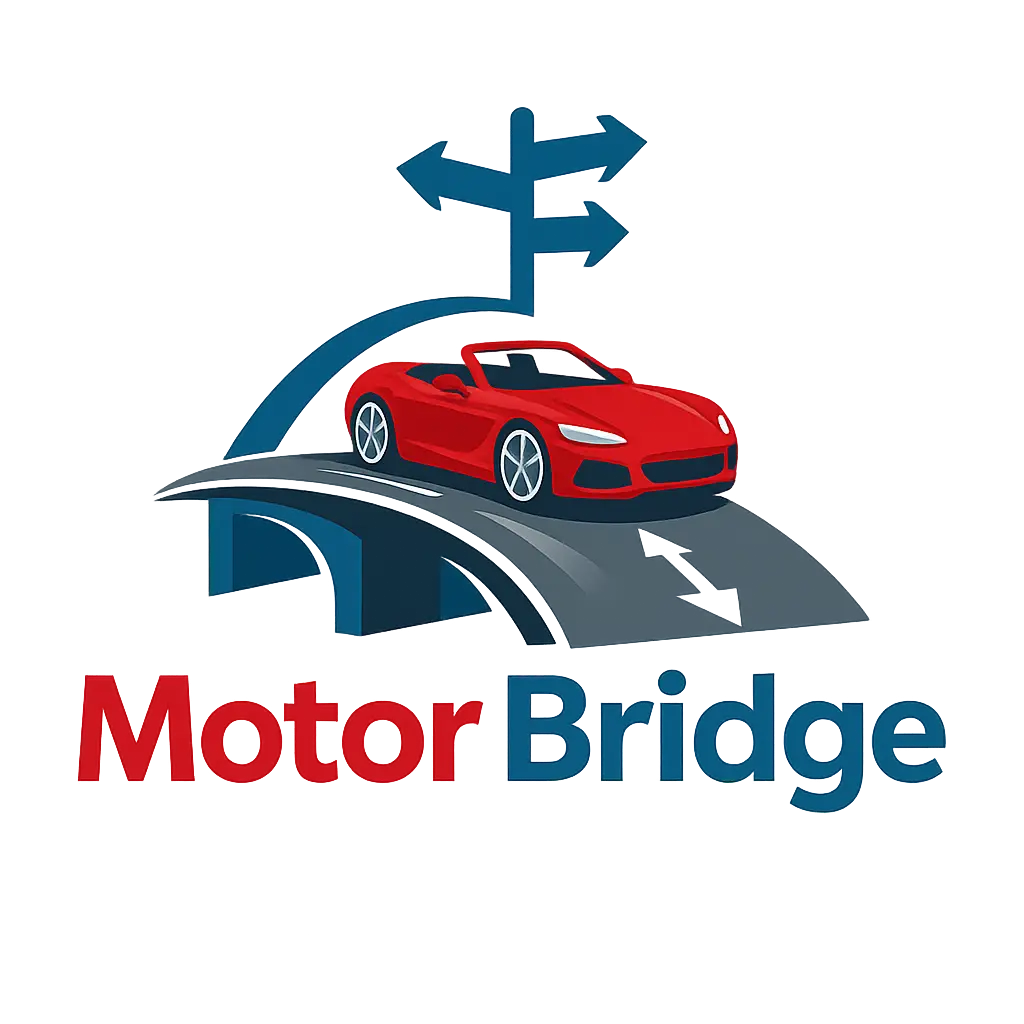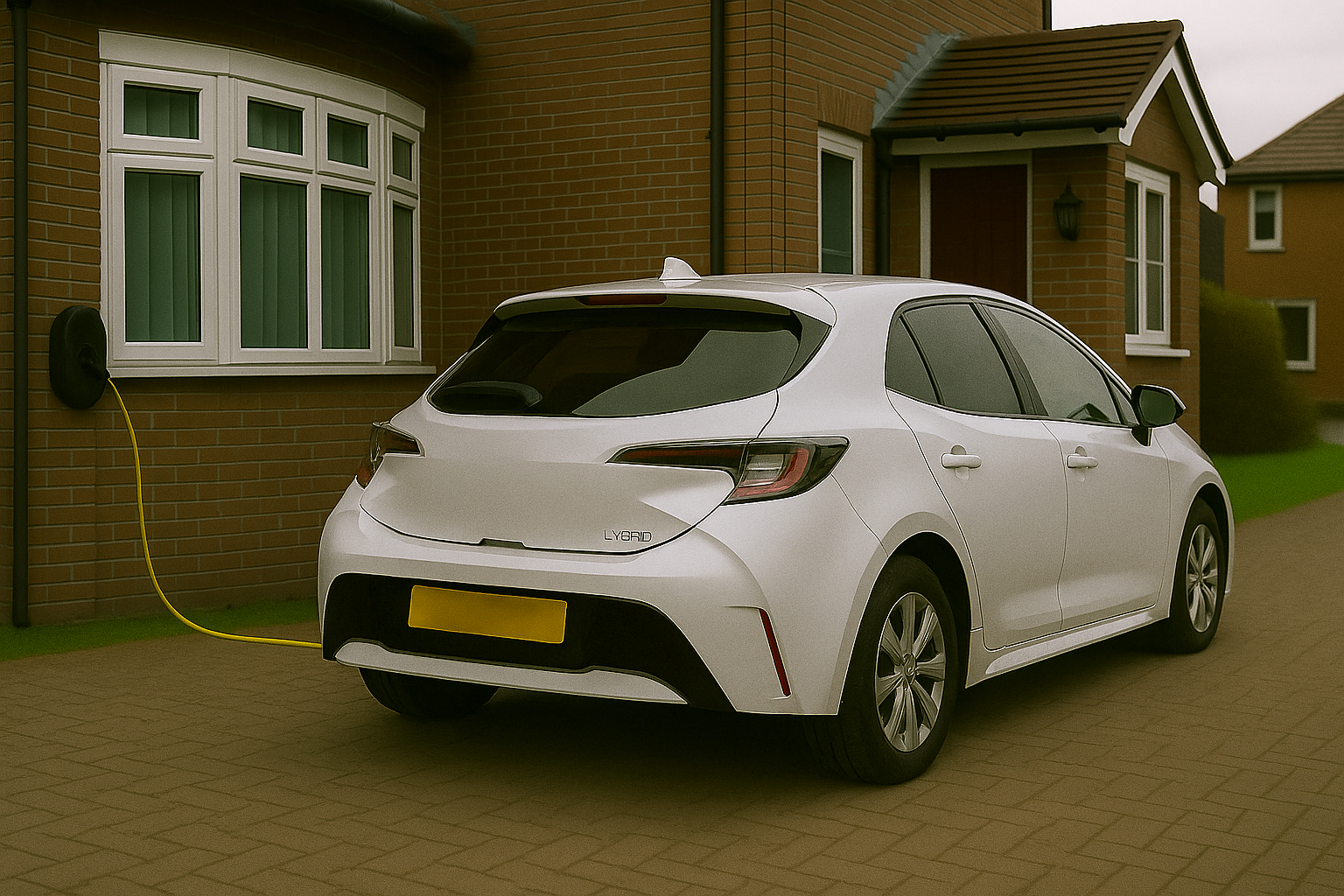Understanding Smart Motorways in the UK: What Drivers Need to Know in 2025
Using smart motorways have become a familiar yet often misunderstood part of the UK’s transport network. Designed to reduce congestion and improve traffic flow on some of the country’s busiest routes, these roads rely on technology, cameras, and clear signage to manage vehicle movement safely and efficiently.
However, many UK motorists remain uncertain about using smart motorways correctly — especially as rules evolve and safety continues to be a major talking point. Understanding how to navigate these routes confidently and legally can make all the difference between a smooth journey and a costly fine.
This Motor Bridge UK guide breaks down everything you need to know about using smart motorways in 2025 — from the different types of systems and lane rules to what to do if your car breaks down. Whether you’re a daily commuter or an occasional motorway driver, knowing the facts helps keep everyone safer.
What Is a Smart Motorway?
A smart motorway is a section of the UK motorway network that uses technology to manage traffic flow. Overhead gantries display variable speed limits, lane closures, and hazard warnings in real time. These systems aim to keep vehicles moving more smoothly, reducing stop-start congestion and emissions.
There are three main types of smart motorway in the UK:
Controlled Motorways:
These have variable speed limits shown on electronic signs but retain a permanent hard shoulder. Drivers must follow the displayed limits — ignoring them can result in penalties.All-Lane Running (ALR) Motorways:
Here, the hard shoulder is permanently converted into a live lane to increase capacity. Emergency refuge areas replace the traditional hard shoulder, positioned roughly every 1.5 miles.Dynamic Hard Shoulder (DHS) Motorways:
In these sections, the hard shoulder can open as a live lane during busy periods and close when traffic is lighter. Overhead gantries show whether the lane is open or not.
Using smart motorways can significantly improve traffic flow — but only when drivers understand and respect how they work.
The Red X Rule
One of the most important aspects of using smart motorways safely is obeying the red “X” sign displayed on overhead gantries. A red “X” indicates that a lane is closed — perhaps due to an accident, breakdown, or obstruction ahead.
Driving in a lane marked with a red “X” is illegal and dangerous. The cameras used on smart motorways automatically capture offenders, and penalties can include:
A £100 fine and three penalty points on your licence.
In serious cases, prosecution for dangerous driving.
The rule is simple: if you see a red “X” above your lane, you must move safely into an open lane as soon as possible. This rule is a must when using smart motorways and failing to do so puts you and others at serious risk.
Variable Speed Limits Explained
Unlike traditional motorways with a fixed national speed limit, smart motorways adjust limits dynamically to manage congestion or hazards. Electronic gantries display the active limit — often between 40 mph and 70 mph.
When traffic levels increase, speed limits may be reduced to keep vehicles moving steadily rather than stopping and starting. Once the road clears, limits return to normal.
Ignoring these displayed limits is treated the same as breaking a regular speed limit. The system’s cameras enforce compliance automatically, issuing fines for anyone exceeding the active limit.
The takeaway: always observe and follow the electronic signs. They’re there to improve flow, reduce accidents, and keep you moving safely.
Emergency Refuge Areas (ERAs)
Because many smart motorways no longer have a continuous hard shoulder, Emergency Refuge Areas have been introduced for drivers who need to stop. These bright orange bays are clearly marked and spaced at intervals of around 1.5 miles.
If you experience a breakdown or emergency:
Try to reach an ERA before stopping, using your indicators and hazard lights.
Stop as far left as possible and switch on your hazard lights.
Exit the vehicle via the passenger side if it’s safe to do so, and stand behind the barrier.
Use the emergency phone provided in the refuge area — it connects directly to National Highways control.
If you can’t reach an ERA, pull over as far left as possible, keep seatbelts fastened, activate hazard lights, and call emergency services.
Controversy and Safety Debate
Smart motorways have faced significant scrutiny in recent years. Concerns have been raised about the safety of all-lane running sections where vehicles can become stranded in live traffic.
In response, the UK government has paused the rollout of new ALR schemes and committed to additional safety measures, including:
Increasing the number of Emergency Refuge Areas.
Installing radar technology to detect stopped vehicles faster.
Boosting camera coverage and signage clarity.
Running national awareness campaigns about how to use smart motorways safely.
While the debate continues, the goal remains clear — to create a more efficient motorway network that balances capacity and safety.
How to Stay Safe on Smart Motorways
Using smart motorways rely on cooperation between technology and drivers. Here are some essential tips:
Always follow the signs — they’re updated in real time for your safety.
Never use a lane marked with a red “X.”
Keep a safe distance from the vehicle ahead; sudden stops are more dangerous without a hard shoulder.
If your car develops a fault, aim for an ERA early.
Plan your journey and know which stretches of motorway use smart technology.
Motor Bridge Insight: Smarter Driving Made Simple
At Motor Bridge UK, we believe that informed driving leads to safer roads. Understanding systems like using smart motorways is just one part of the bigger picture of smarter motoring.
Our platform helps UK motorists stay journey-ready — offering guidance, reminders, and connections to trusted motoring services. From insurance and breakdown cover to navigation tools and winter checks, Motor Bridge bridges every gap to make driving easier and safer.
By learning how to navigate smart motorways correctly, you protect not only yourself but everyone sharing the road with you.
Conclusion
Smart motorways are here to stay — and when using smart motorways properly, they make the UK’s busiest roads safer and more efficient. The key lies in awareness, attention, and responsible driving.
By understanding signs, following the red X rule, and knowing how to handle emergencies, drivers can adapt confidently to modern road systems.
Motor Bridge UK encourages every motorist to stay informed and proactive. Because using smart motorways isn’t just about reaching your destination — it’s about getting there safely, smoothly, and smartly.
While you are here take a look at our Road Navigation solutions page where you can find big brands for UK navigation technology or even a good old fashioned UK road atlas for when the technology stops working.




